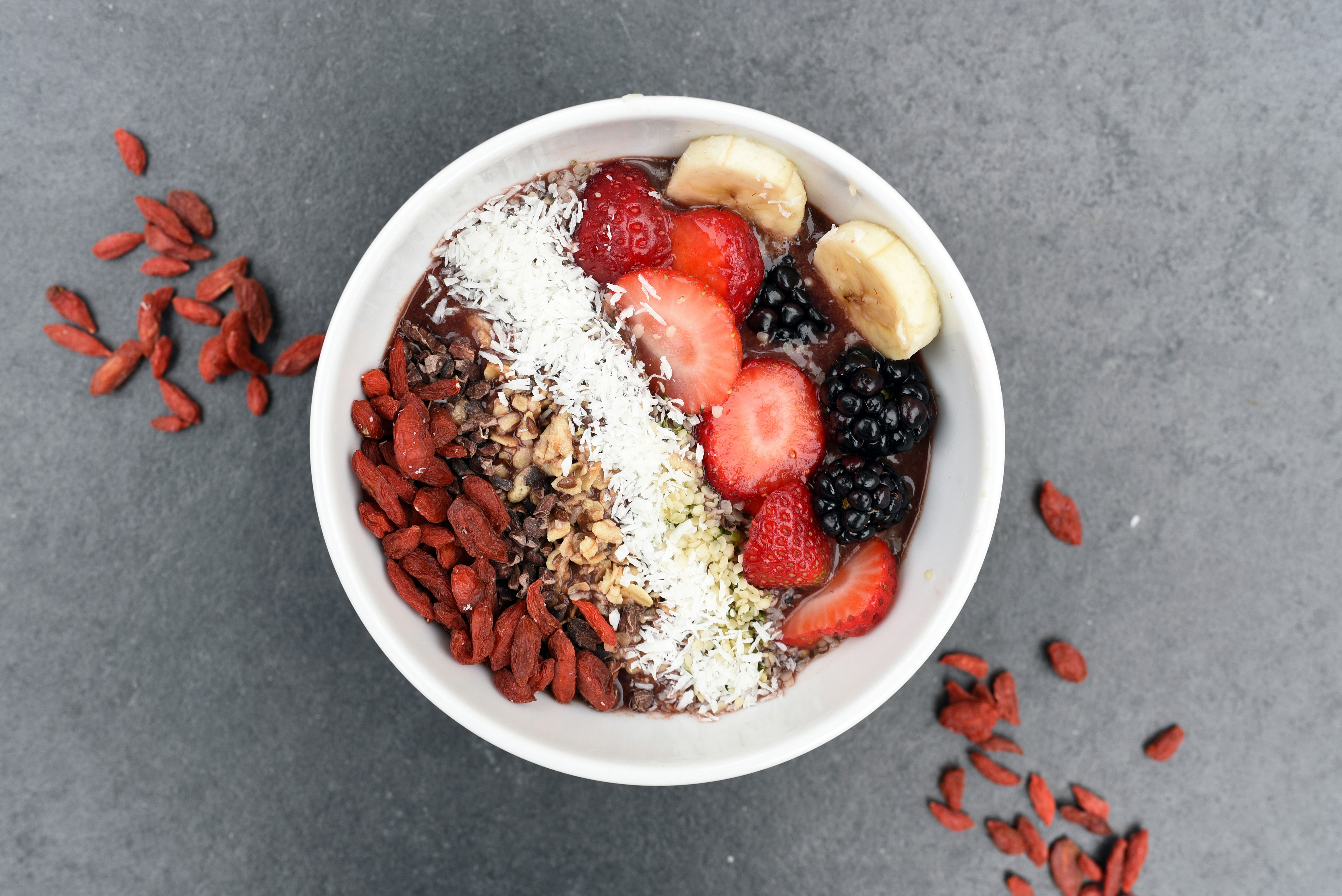A Deep Dive into the Vibrant World of Moroccan Cuisine
Moroccan cuisine is known for its vibrant flavors, intricate spices, and diverse influences. This intriguing culinary tradition has a rich history and continues to evolve, offering a unique culinary journey for food enthusiasts worldwide. Moroccan cuisine boasts a rich history, with influences from various cultures and civilizations. The Berbers, the indigenous people of Morocco, introduced tagine and couscous, staples of Moroccan food today. The Arabs brought spices like saffron, cinnamon, and ginger, while the Ottoman Turks introduced kebabs.
European influences, particularly from France and Spain, are also evident in modern Moroccan cooking. This melting pot of culinary influences results in a diverse and flavorsome cuisine that continues to evolve.
The Art of Moroccan Spices
One of the trademarks of Moroccan cuisine is its use of spices. Each dish is meticulously flavored with a blend of spices, creating a unique taste profile. The famous spice mix Ras El Hanout, which can contain up to 30 different spices, exemplifies the complexity of Moroccan flavoring. Understanding and mastering the use of spices is key to capturing the essence of Moroccan cooking.
Tagine - A Moroccan Culinary Icon
The tagine, both a cooking vessel and the dish prepared within it, is a quintessential Moroccan culinary tradition. Named after the unique clay or ceramic pot it’s cooked in, tagine dishes are slow-cooked stews brimming with tender meat, vegetables, and aromatic spices. The slow-cooking process allows the flavors to meld together, resulting in a rich and deeply flavored dish.
Bread - The Heart of Every Moroccan Meal
Bread is a staple in Moroccan cuisine and is present at almost every meal. From the classic Moroccan Khobz, a round, crusty bread served with tagine, to the flaky, layered Moroccan Msemen, each type of bread has its unique place in the cuisine.
Sweet Treats and Tea - The Perfect Ending
Moroccan meals often end with sweet pastries and mint tea. Pastries like Gazelle Horns and Briouats are popular, often flavored with honey, almonds, and orange blossom water. Mint tea, considered the national drink, is also a vital part of the Moroccan food experience, served throughout the day and during meals.
Moroccan Cuisine Quick Facts
-
Couscous is traditionally eaten on Fridays, the Muslim holy day.
-
The tagine gets its name from the distinctive conical lid which helps retain and circulate moisture during cooking.
-
Moroccan Mint Tea is also known as “Moroccan Whiskey” due to its importance in the culture.
-
Ras El Hanout translates to “head of the shop,” implying it’s the best mixture the spice seller has to offer.
In conclusion, Moroccan cuisine offers a fascinating exploration of flavors, techniques, and culinary traditions. From its diverse influences to its iconic dishes and vibrant use of spices, Moroccan cuisine is a culinary journey that every food enthusiast should embark on. Its rich history and continuous evolution make Moroccan cuisine a vibrant and exciting facet of the global culinary landscape.





